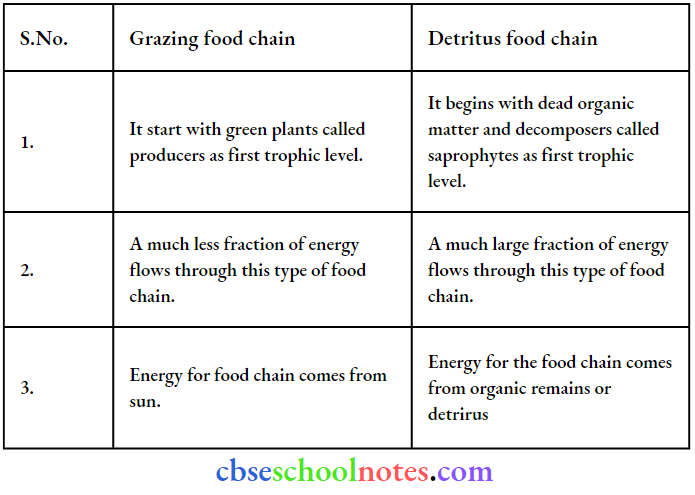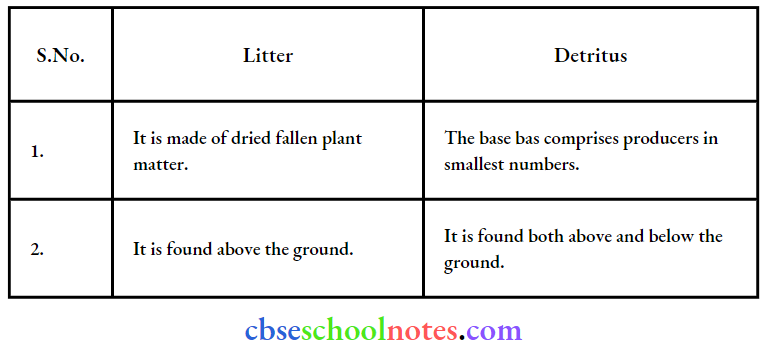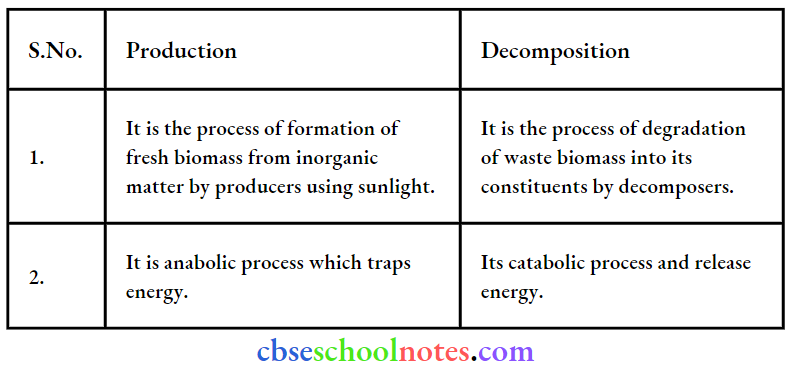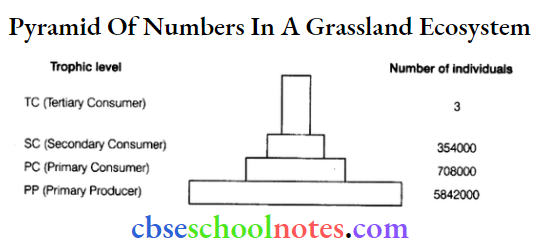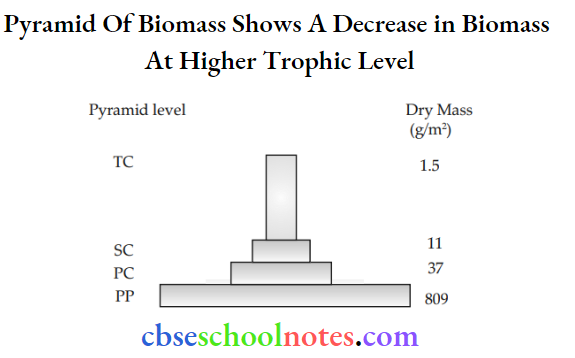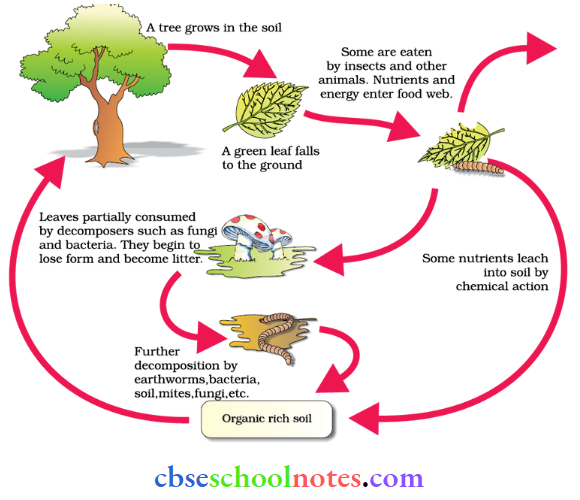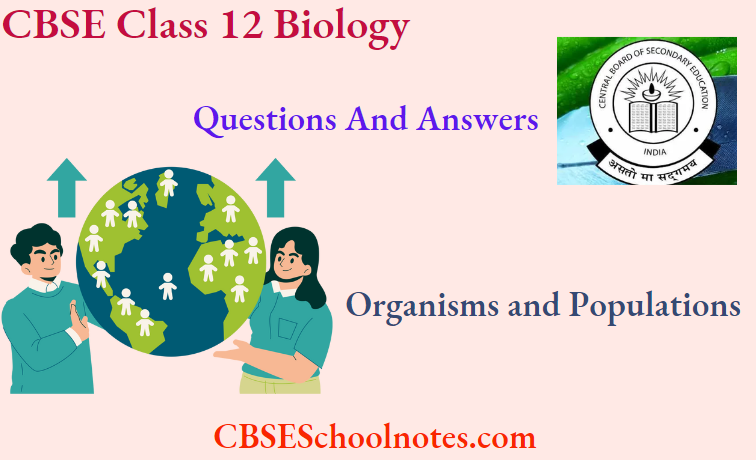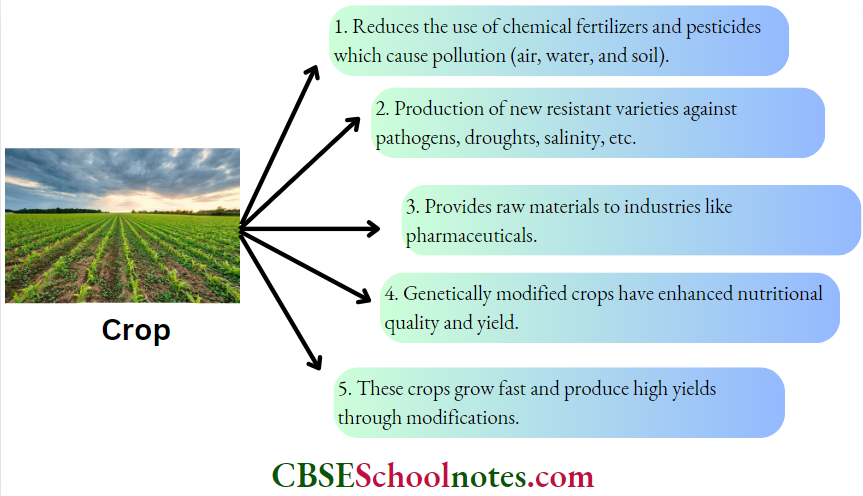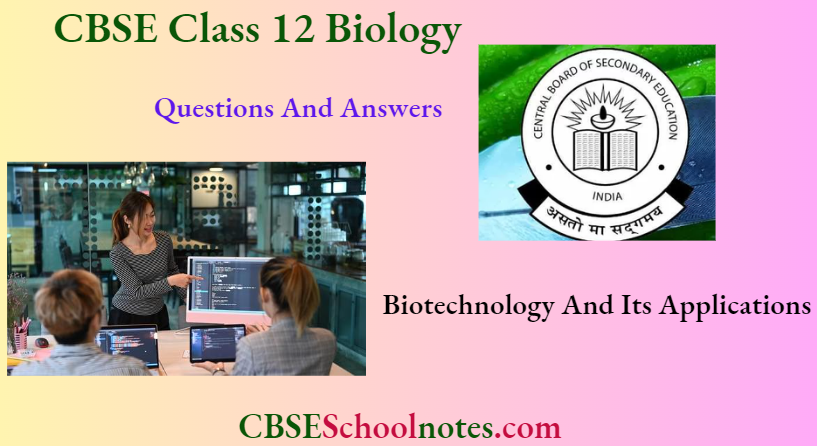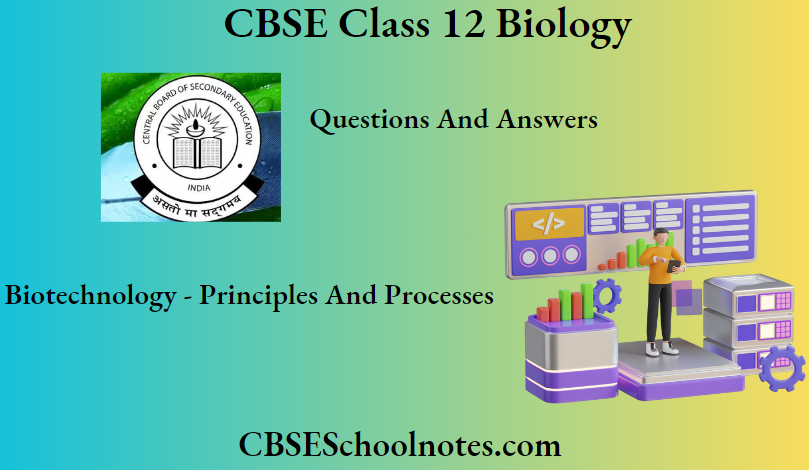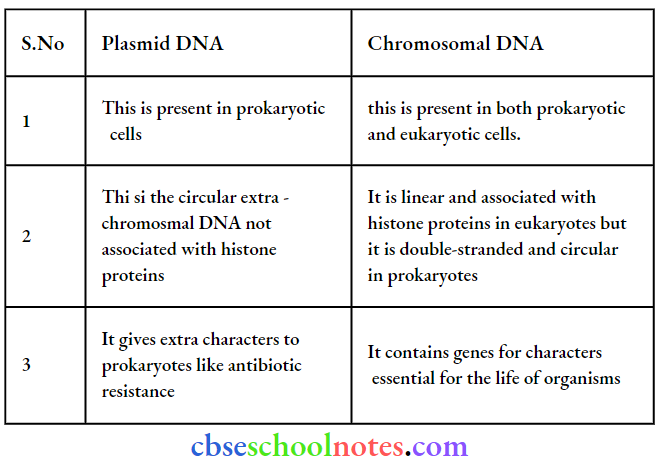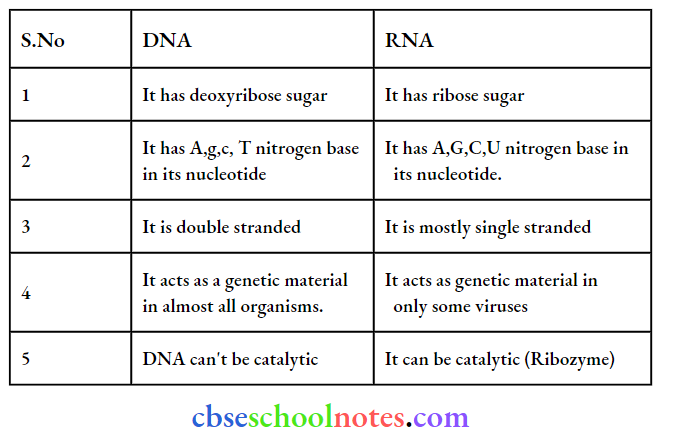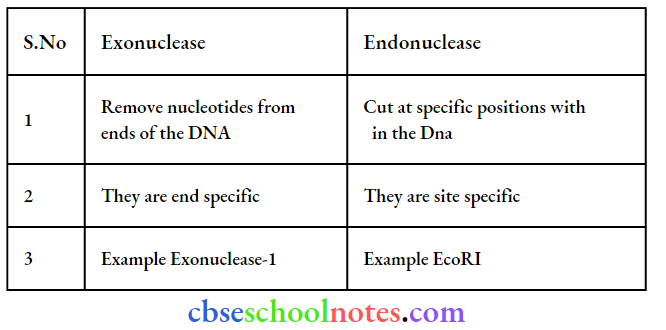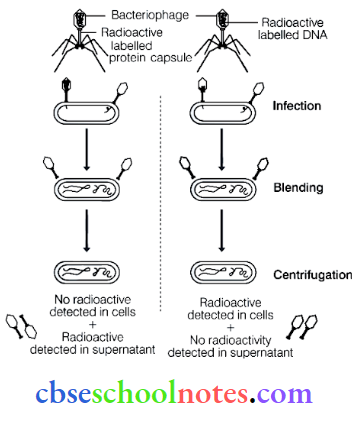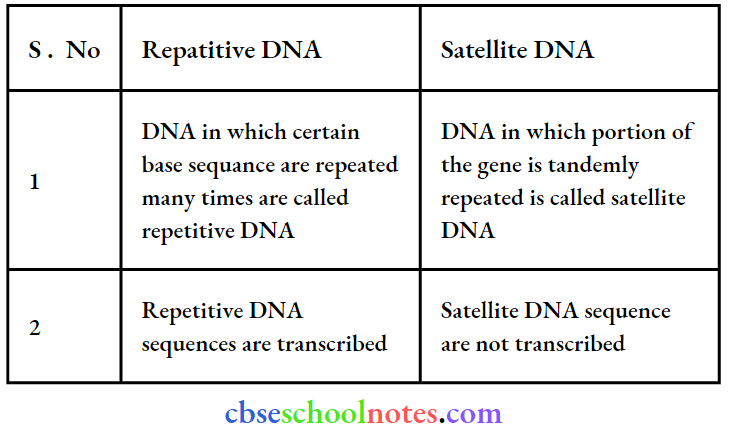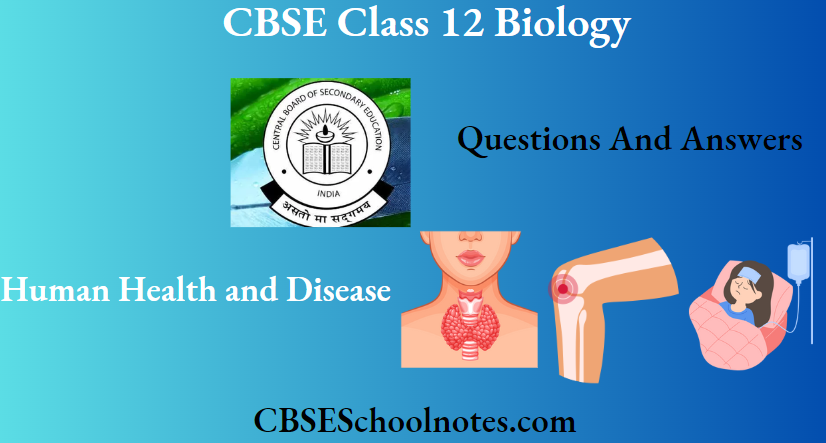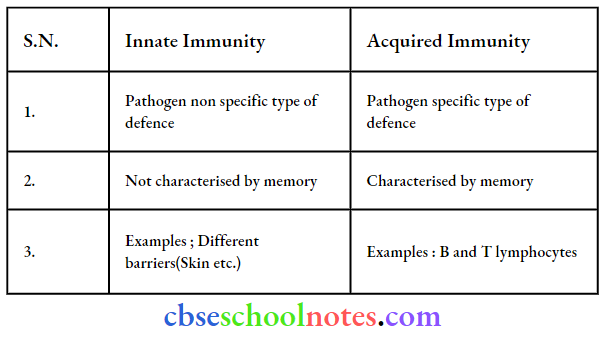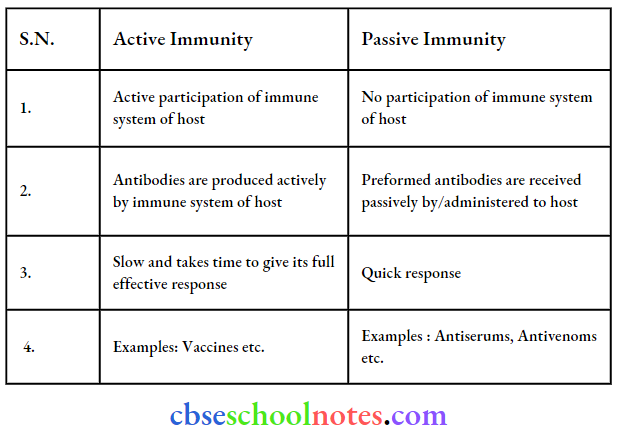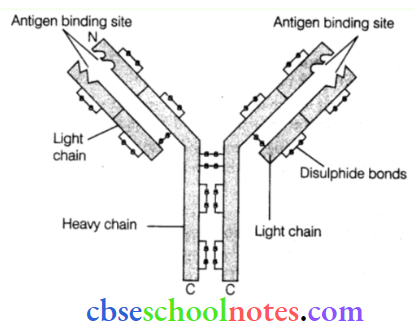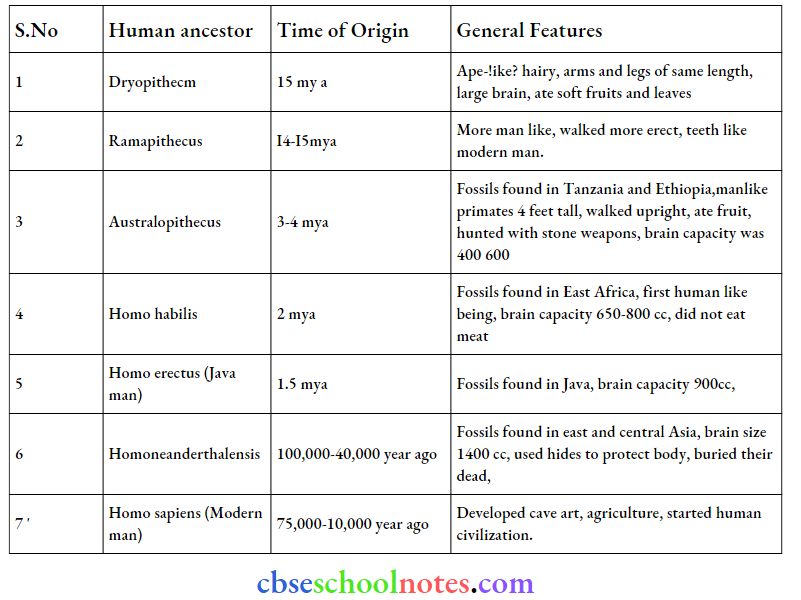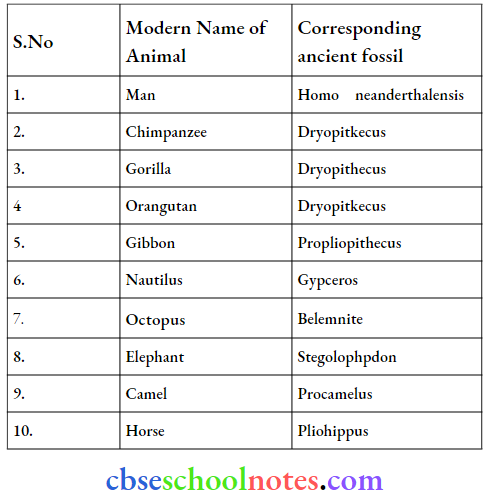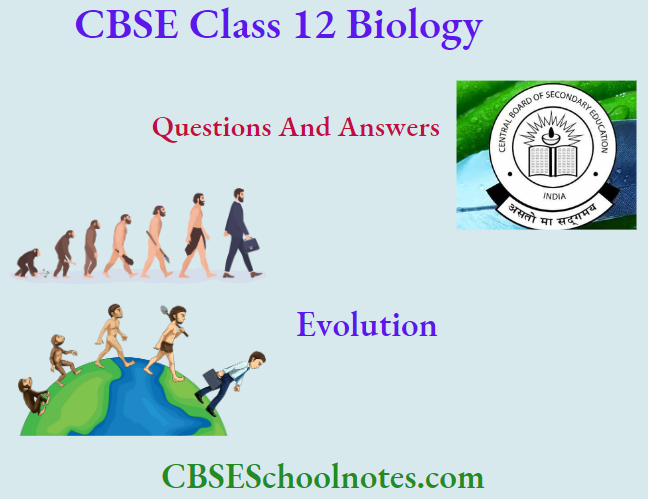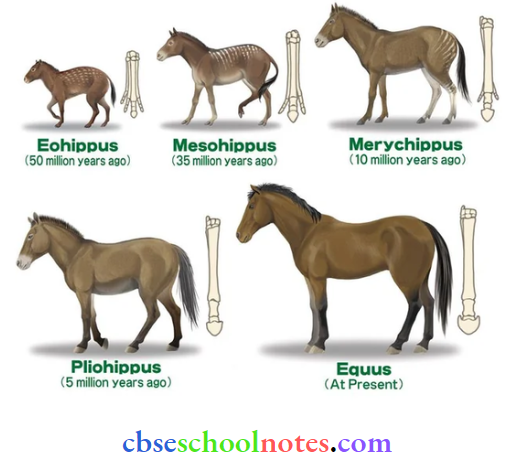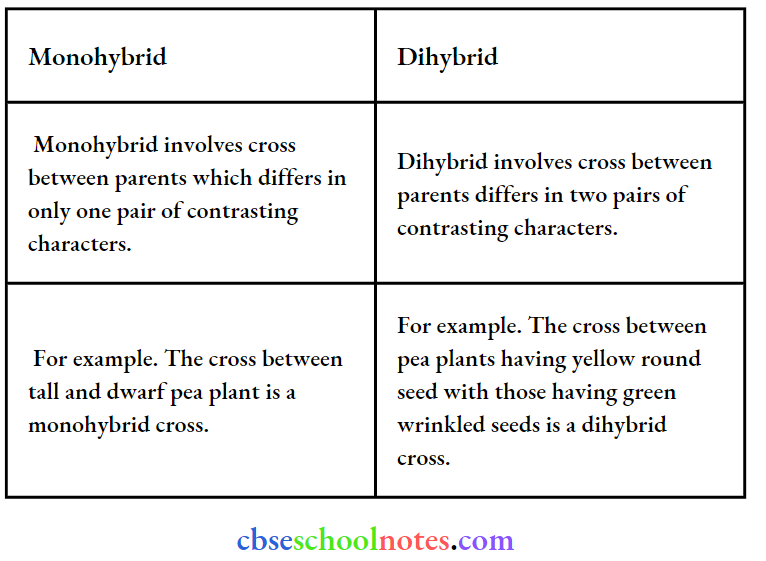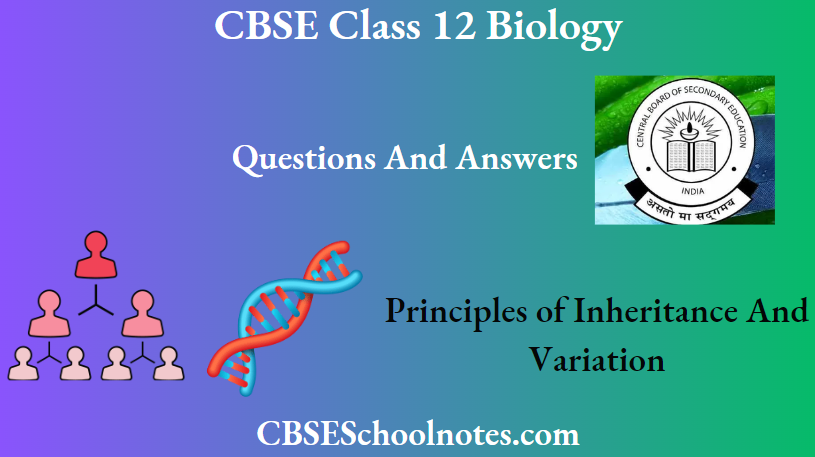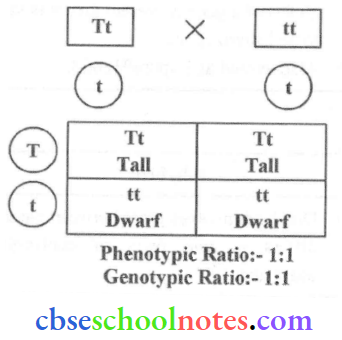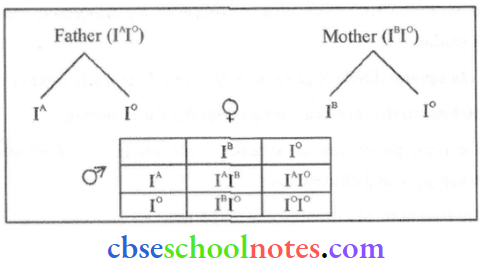Biodiversity And Conservation Important Questions And Answers
Question 1. Name the three important components of biodiversity.
Answer:
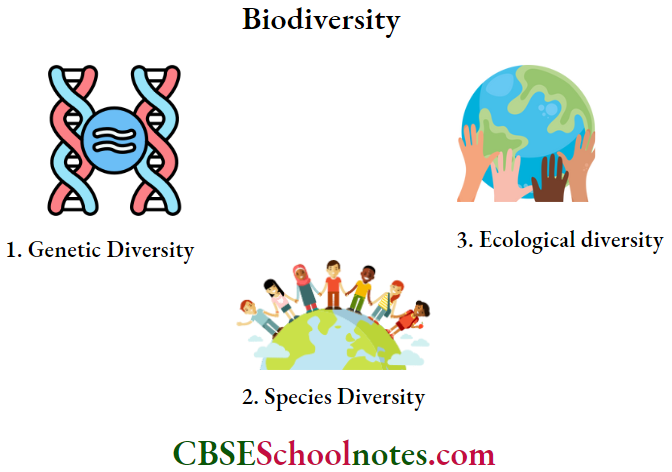
Question 2. How do ecologists estimate the total number of species present in the world?
Answer:
There are two methods to estimate the number of species in the world :
- By estimating the rate of discovery of new species. ,
- By statistical comparison of the temperate-tropical species richness of an exhaustively studied group of insects and extrapolate this ratio to other groups of animals and plants to come up with a gross estimate of the number of species on earth.
Question 3. Give three hypotheses for explaining why tropics show the greatest levels of species richness.
Answer:
The three hypotheses to explain species richness in the tropics are:
- The constant environment in the tropics promotes niche specialization and increased species diversity.
- There is longer exposure to solar radiation in tropical regions that contributes directly to higher productivity and indirectly to greater species diversity.
- There occurred no glaciation in the tropical region and it remained undisturbed. Thus organisms living in the tropics continued to flourish and evolved more species diversity.
Question 4. What is the significance of the slope of regression in a species-area relationship?
Answer:
- The slope of regression in a species-area relationship indicates that species richness decreases with the decrease in area.
- The regression coefficient (Z) is 0,1 – 0.2 regardless of the taxonomic group or the region example plants in Britain or birds in California.
- However, when very large areas like the entire continent are analyzed, it was found that the slope of the line is much steeper with Z values in the range of 0.6 to 1.2.
Question 5. What are the major causes of species losses in a geographical region?
Answer:
There are four major causes (The Evil Quartet):
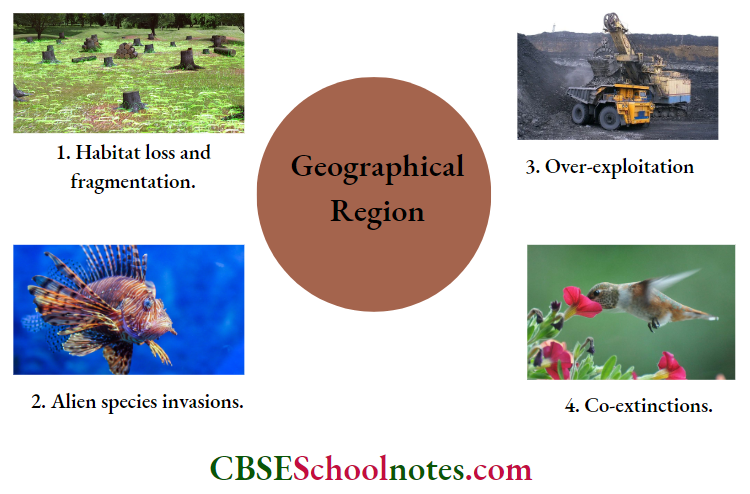
Question 6. How is biodiversity important for ecosystem functioning?
Answer:
Read and Learn More Class 12 Biology Chapter Wise
Importance of biodiversity for ecosystem functioning –
- Stability: Biodiversity is an important aspect of the stability of an ecosystem. Ecologists believe that communities with more species tend to be more stable than those with less species.
- Productivity: Ecosystems with higher biodiversity show more productivity than ecosystems with lower biodiversity. David Tilman’s long-term ecosystem experiments using outdoor plots provide confirmation.
- Ecosystem health: Rich biodiversity is not only essential for ecosystem health but also imperative for the survival of the human race on Earth. Species are interlinked and so, killing or disappearance of one would affect the others also.
- Resilience: Increased biodiversity provides resilience of the ecosystem against natural or man-made disturbances.
Question 7. What are sacred groves? What is their role in conservation?
Answer:
- Sacred groves are forest patches for worship in several parts of India All the trees and wildlife in them are venerated and given total protection.
- They are found in Khasi and Jaintia Hills in Meghalaya, Western Ghat regions of Karnataka Maharashtra, etc.
- Tribes do not allow anyone to cut even a single branch of a tree in these sacred groves thus sacred groves have been free from all types of exploitations.
Question 8. Among the ecosystem services are control of floods and soil erosion. How is this achieved by the biotic components of the ecosystem?
Answer:
- Control of soil erosion: Plant roots hold the soil particles tightly and do not allow the topsoil to drift away by winds or moving water. Plants increase die porosity and fertility of die soil.
- Control of floods: It is earned out by retaining water and preventing runoff of rainwater. Litter and humus of plants function as sponges thus retaining the water which percolates down and gets stored as underground water. Hence, the flood is controlled.

Question 9. The species diversity of plants (22%) is much less than that of animals (72%). What could be the explanations for how animals achieved greater diversification? [IMP.]
Answer:
Animals have achieved greater diversification than plants due to the following reasons:
- They are mobile and thus can move away from their predators or unfavorable environments. On the other hand, plants are fixed and have fewer adaptations to obtain the optimum amount of raw materials and sunlight therefore they show lesser diversity.
- Animals have a well-developed nervous system to receive stimuli against external factors and thus can respond to them. On the other hand, plants do not exhibit any such mechanism thus they show lesser diversity than animals.
Question 10. Can you think of a situation where we deliberately want to make a species extinct? How would you justify it?
Answer:
- Species that are harmful to human beings can be made extinct example HIV, poliovirus, etc.
- Such microorganisms are not part of any food chain and tints, their extinction would not affect die ecosystem.

